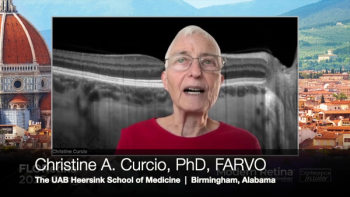
Patients most likely to discontinue glaucoma treatment identified
Young male glaucoma sufferers are most likely to discontinue their treatment at a glaucoma clinic during the first year of follow-up, according to a study published in the April/May 2008 issue of the Journal of Glaucoma.
Young male glaucoma sufferers are most likely to discontinue their treatment at a glaucoma clinic during the first year of follow-up, according to a study published in the April/May 2008 issue of the Journal of Glaucoma.
Adeyinka Ashaye of the University of Ibadan, Nigeria and colleagues conducted a descriptive hospital-based study of newly diagnosed glaucoma patients to compare characteristics between those who did (n=452) and did not (n=295) drop out of treatment within one year.
Of the study factors, those that were statistically significantly associated with dropping out of follow-up from the glaucoma clinic were age (age groups 21–30 years, 41–50 years and 70+ years were more likely to drop out), sex (male drop out rate=78.6%; female drop out rate=34.5%), place of domicile (living far from the hospital=72.5%; living close to the hospital=40.8%), diagnosis at referral (nonblinding disease=72.2%; blinding disease=58.9%), severity of disease (mild/moderate=88.2%; severe =37.2%), family history (no family history=63.8%; positive family history=34.3%), and polydrug use (two or more medications=68.1%; fewer than two medications=52.1%). The overall rate of dropout from follow-up was 60.5% within one year, with 43.1% of the study group dropping out after the first follow-up visit.
Patients who are young, male, with mild to moderate glaucoma, taking two or more eye drops, with no family history of blinding eye disease, who do not perceive their problems as serious or who have to travel long distances for treatment are the patients most likely to discontinue their treatment at a glaucoma clinic during the first year of follow up.
Newsletter
Get the essential updates shaping the future of pharma manufacturing and compliance—subscribe today to Pharmaceutical Technology and never miss a breakthrough.







































